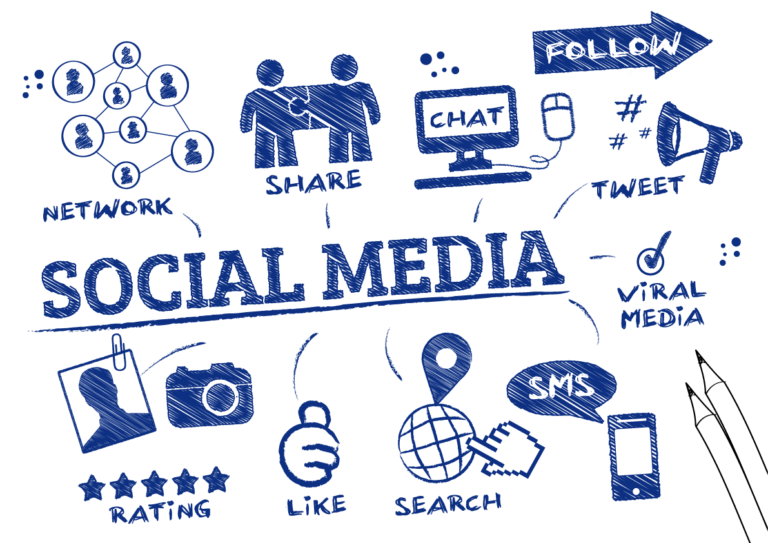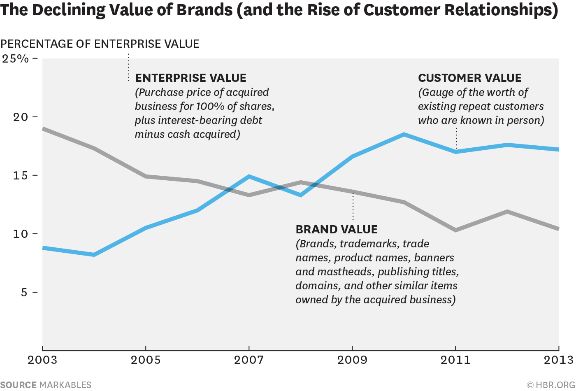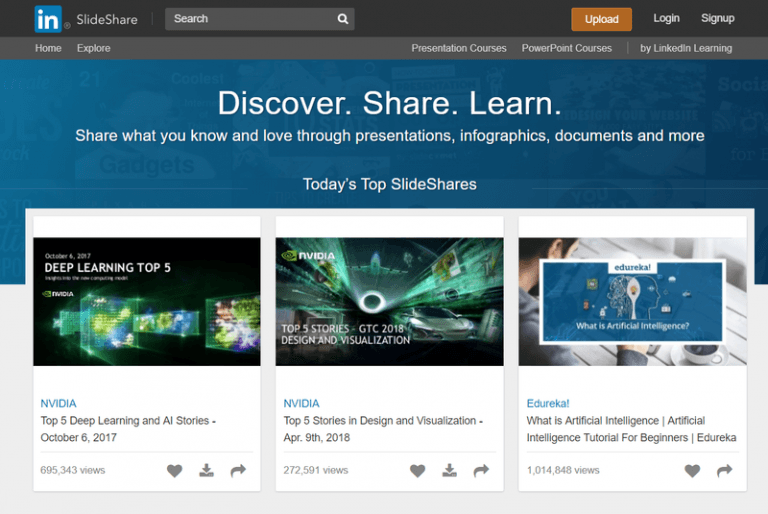Social media marketing centers around getting the attention of your present and prospective customers. What is the best time to post on social media? “The best time to post on social media is when your customers (both present and prospective) are online”. When to post on Social Media in 2020 Social media eCommerce trends indicate […]
Since the birth of e-commerce, marketing experts have disagreed about the future
Since the birth of e-commerce, marketing experts have disagreed about the future role of brands. Some have predicted that digital technologies will hasten the demise of brands because customers will have ready access to information they need to make purchase decisions, and “brand” will, therefore, become less relevant. Others have prophesied an increasing importance of […]
The Death of Microsoft’s LinkedIn’s SlideShare
In 2016, SlideShare had over 70 million unique visitors per day, and it was listed by Alexa as one of the top 100 most visited websites in the world. At its peak, it was such a powerhouse that Obama used the network to post his birth certificate. It also stood for years as a premier […]
Audience First then You’ll Know What Products to Sell
When You’ve Built an Audience You’ll Know What Product to Sell Don’t know what product or service you should be selling? That’s actually fine, says Joe Pulizzi, founder of the Content Marketing Institute and author of the new book Content Inc.: How Entrepreneurs Use Content to Build Massive Audiences and Create Radically Successful Businesses. “In […]
Work Hard to Create Great Content
Getting eyes on your content entails using a combination of SEO (search engine optimization), content curation, social media outreach, optimizing for readability, and email marketing. Content marketing creates brand loyalty by engaging current customers and attracting new ones. It gives your company a voice and positions your brand as the expert in your field. Producing […]




